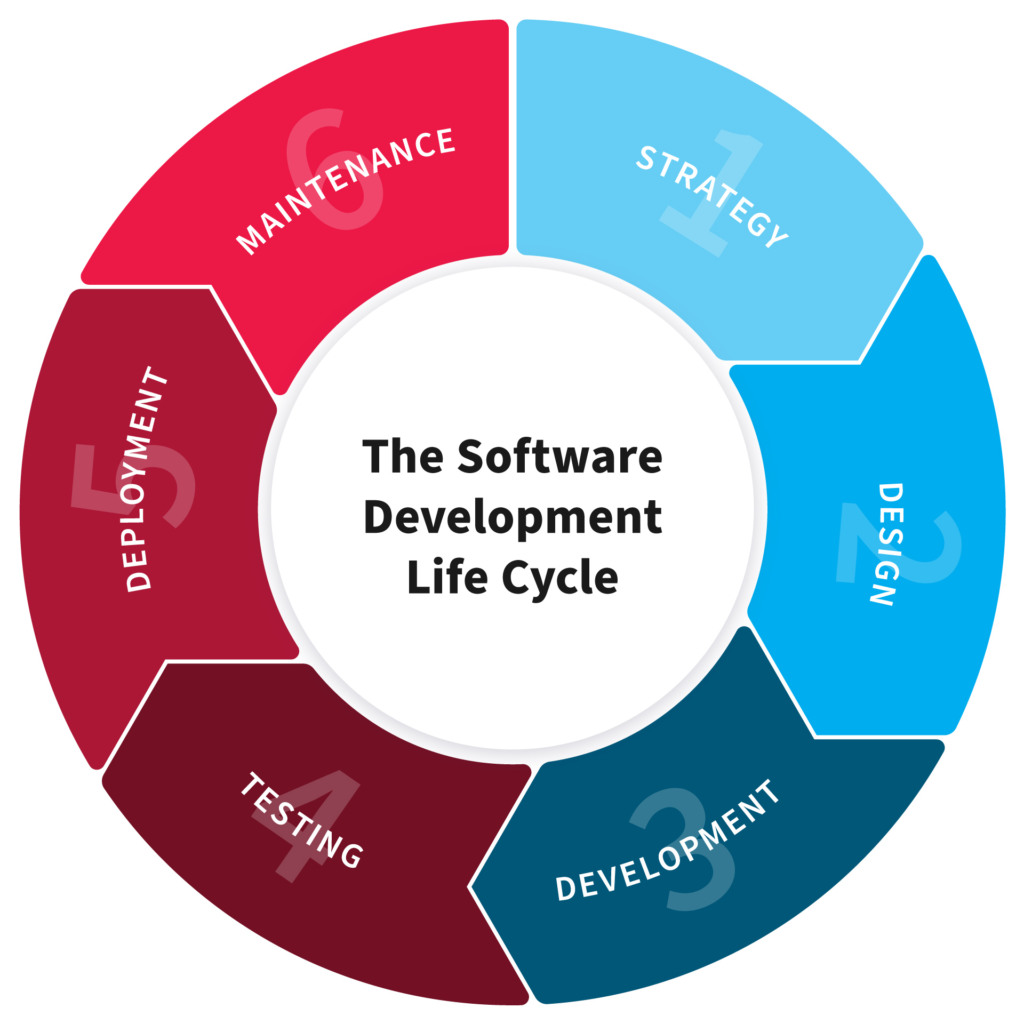How to Master the Software Development Life Cycle: A Comprehensive Guide for Developers
May 10, 2023

Software Development Life Cycle (SDLC) is the process of developing software applications, from conception to deployment. The process typically consists of several phases, including planning, design, development, testing, and maintenance. The SDLC is an essential aspect of software development that helps to ensure that software products are of high quality and meet user requirements. In this comprehensive guide, we will cover the entire SDLC process and provide tips for mastering it.
Understanding the SDLC
The first step in mastering the SDLC is understanding what it is and how it works. The SDLC process is a structured approach to software development that involves several phases. These phases are often referred to as the software development life cycle stages.
Why is Software Development Life Cycle is important
1. Provides a Structured Approach
SDLC provides a structured approach to software development. It divides the development process into several stages, including planning, analysis, design, development, testing, deployment, and maintenance. Each stage has its set of objectives, processes, and deliverables, which helps the development team to stay on track and ensures that the project moves forward smoothly.
2. Ensures Quality and Reduces Errors
SDLC helps to ensure that the software produced is of high quality and meets the requirements of the stakeholders. The testing stage of SDLC is especially important as it helps to identify errors and defects in the software, which can be corrected before the software is deployed. This helps to reduce the number of bugs and errors in the software and ensures that the software is reliable, efficient, and performs as expected.
3. Helps Manage Costs and Time
SDLC helps to manage costs and time by providing a framework for estimating the time and resources required for each stage of the development process. This helps to ensure that the project stays within budget and that the software is delivered on time. SDLC also helps to identify potential risks and issues early on in the development process, which can be addressed before they become major problems.
4. Improves Communication and Collaboration
SDLC helps to improve communication and collaboration between the development team and other stakeholders involved in the project. Each stage of the development process has its set of deliverables and objectives, which helps to ensure that everyone involved in the project is on the same page. This helps to reduce misunderstandings and miscommunications, which can lead to delays and other problems.
5. Facilitates Continuous Improvement
SDLC facilitates continuous improvement by providing a framework for evaluating the software development process and identifying areas for improvement. This helps to ensure that the development process is constantly evolving and improving, which can lead to better software and more efficient development processes in the future.
Software Development Life Cycle Stages
Software development is a complex process that requires a structured approach to ensure the successful delivery of high-quality software products. The process of software development typically includes several stages, each of which plays an important role in the development process.
Planning Stage
The planning stage is the first stage of the software development process. During this stage, the project scope and objectives are defined, and resource requirements are determined. This stage also includes identifying the type of software development that is needed, such as web development, mobile development, or enterprise development.
Requirements Gathering Stage
The requirement gathering stage is the process of gathering and analyzing user requirements. This stage involves identifying user needs, defining software requirements, and creating a requirements specification document. This document serves as a blueprint for the software development team to follow during the development process.
Design Stage
The design stage is where the software architecture is defined, and the software design is created. The design stage also includes the creation of the system and user interface design. There are different types of software development approaches that can be used during the design stage, such as object-oriented design, structured design, or component-based design.
Development Stage
The development stage is where the software is actually created. This stage involves writing code, building databases, and integrating various software components. The development stage is the most time-consuming stage of the software development process, and it requires skilled developers who are proficient in different types of software development languages and tools.
Testing Stage
The testing stage is where the software is tested for bugs and other issues. This stage includes both manual and automated testing. There are different types of software development testing that can be used during this stage, such as unit testing, integration testing, and acceptance testing.
Deployment Stage
The deployment stage is where the software is deployed and made available to users. This stage involves releasing the software to the production environment and ensuring that it functions correctly in the live environment. The deployment stage also includes user training and support.
Maintenance Stage
The maintenance stage is where the software is updated and maintained. This stage includes bug fixes and feature enhancements. The maintenance stage is an ongoing process that ensures the software remains up to date and meets user requirements.
Tips for Mastering the SDLC
To master the SDLC, there are several tips that you should keep in mind. These tips will help ensure that your software development process is efficient and effective.
a) Develop a Detailed Project Plan
Developing a detailed project plan is essential for ensuring that your software development project is successful. The project plan should include details on the project scope, objectives, resource requirements, timelines, and budget.
b) Utilize Agile Methodologies
Agile methodologies are a popular approach to software development that emphasizes collaboration, flexibility, and iterative development. Utilizing Agile methodologies can help you to develop software more quickly and efficiently.
c) Test Early and Often
Testing your software early and often is essential for identifying bugs and issues before they become major problems. This approach can help you to save time and money by catching issues early in the development process.
d) Use Automated Testing Tools
Automated testing tools can help you to test your software more quickly and efficiently. These tools can also help you to identify issues that may be difficult to catch with manual testing.
e) Document Your Code
Documenting your code is essential for ensuring that others can understand and work with your code. This documentation can include comments, code descriptions, and user manuals.
f) Emphasize Communication
Effective communication is essential for ensuring that your software development project is successful. You should establish clear lines of communication with your team members and stakeholders, and provide regular updates on the project status.
Conclusion
The Software Development Life Cycle is an essential aspect of software development. By understanding the SDLC process and implementing the tips outlined in this guide, you can master the SDLC and develop high-quality software products that meet user requirements. Remember to develop a detailed project plan, utilize Agile methodologies, test early and often, use automated testing tools, document your code, and emphasize communication. By following these tips, you can ensure that your software development project is successful and meets user expectations.










